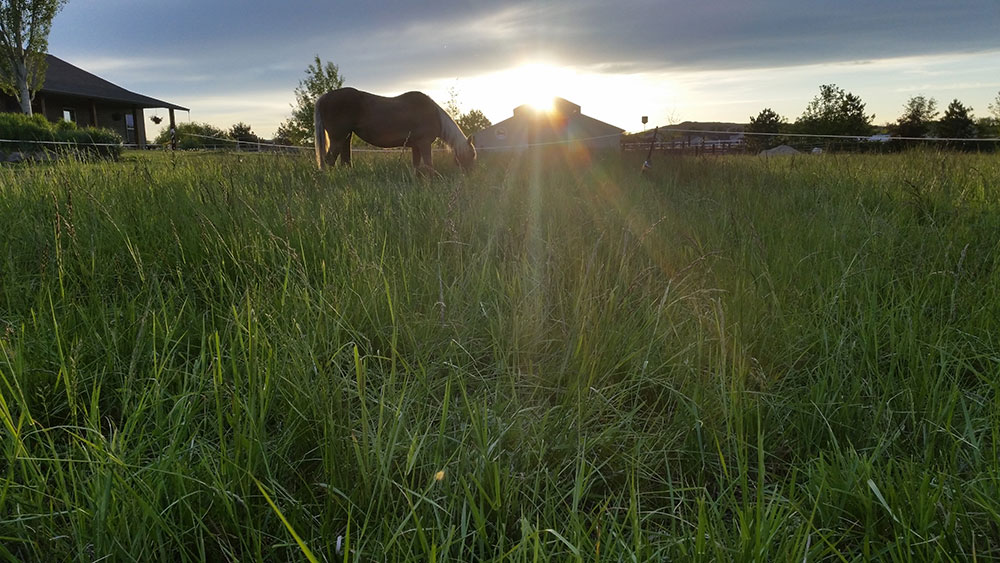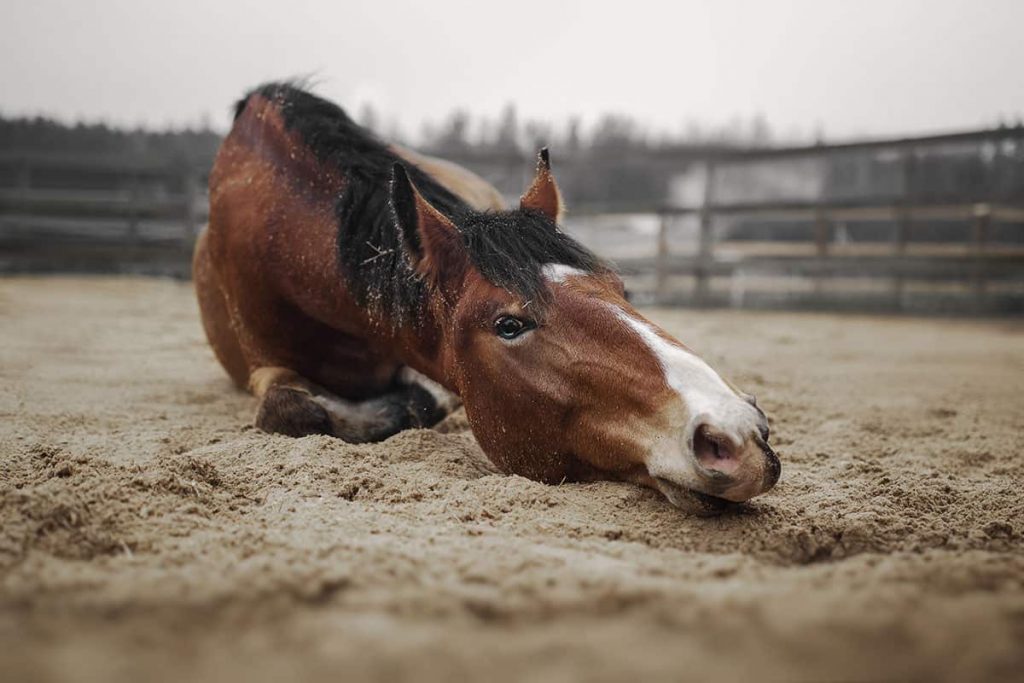
Horse Pastures and the Carbon Cycle
Cultivating healthy pastures on your horse farm can help remove carbon dioxide from the atmosphere. Here’s how.

Cultivating healthy pastures on your horse farm can help remove carbon dioxide from the atmosphere. Here’s how.

Learn what you can do to reduce the carbon footprint of your horse farm.

Find out how to design an affordable feeding program while still meeting your horse’s nutritional requirements.

Don’t wait for the first snowflakes to prepare your horse property for the cold, dark, and wet months ahead.

Black cherry leaves are blowing into a horse pasture, and the owner is worried they will put her horses’ health at risk.

Is it okay for my horse to eat leaves that have fallen from trees in his pasture?

Signs your horse has eaten foxtail and how to mitigate it in your pastures.

Grazing horses at night can help keep them at a healthy weight and reduce their sugar intake.

Pasture maintenance is necessary for controlling weedy grass species that can be dangerous to horses.

Here’s what you need to know about turnout location, fencing, footing, and enrichment for horses on smaller properties.

Keep dust to a minimum in arenas, barns, and paddocks for both aesthetic and health reasons.

Are cold-season or warm-season grasses best for horse pastures? Our equine nutritionist offers advice.

8 important tasks to check off your list before the colder weather arrives.

Dr. Steve Higgins of the University of Kentucky optimizes daily barn tasks for efficiency, cost savings, and environmental soundness.

Fescue toxicosis can cause pregnancy losses and reduced reproductive efficiency in mares. Learn more in this visual guide.

Warm, wet winter weather could lead to higher ergovaline concentrations in pastures, putting broodmares at risk for fescue toxicosis.
Stay on top of the most recent Horse Health news with
"*" indicates required fields